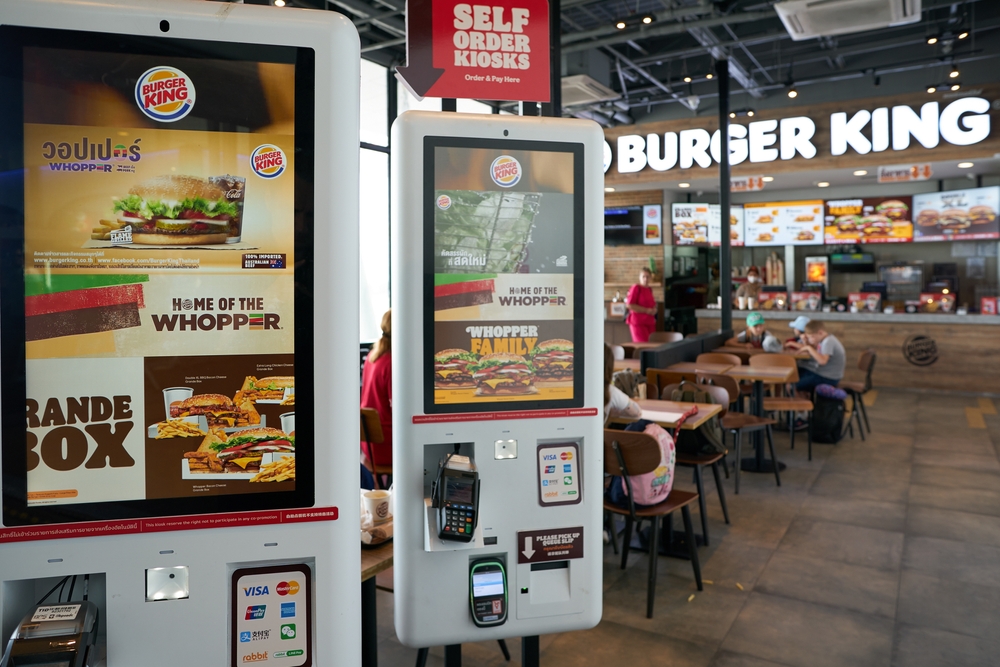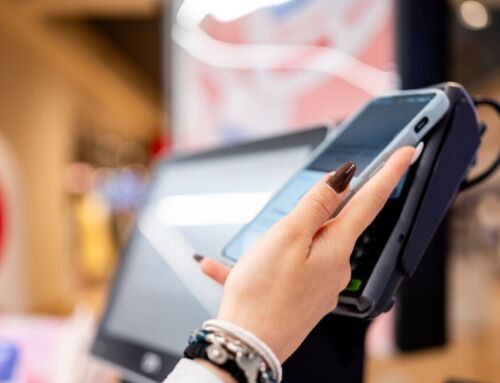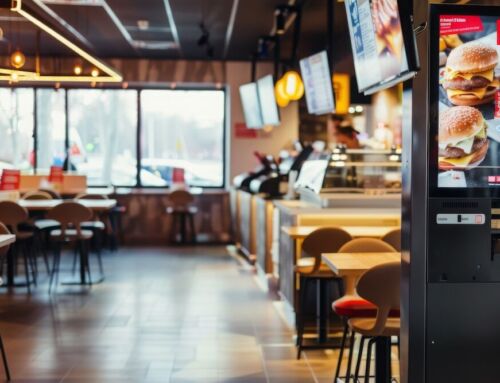In the hyper-accelerated world of digital technology, the Internet of Things (IoT) feels like it has been around forever. A little like 5G mobile (and AI, for that matter), it’s a technology that got talked about and hyped-up long before it was ever really ready to make a difference out there ‘in the wild’, as they say in tech development circles.
Another reason why IoT perhaps gets talked about less these days than it did five, six, seven years ago is because it’s more of a concept or technological principle than a specific, concrete iteration of technology. That concept is the idea of fitting otherwise ‘dumb’ (i.e. non-computerised) machines with sensors and other data-logging components, and then connecting them to a universal network (the internet) so that data can be shared.
We don’t necessarily talk about IoT so much anymore. But we do talk about ‘smart home’ security and utility systems like Amazon Egg and Google Home, about smart appliances like refrigerators that monitor what’s on your shelves and link them to shopping list and meal planning apps, about connected cars and smart factories. These are all examples of IoT technology ‘in the wild’. And there are many more.
They’re growing in prominence in customer-facing sectors, too. One high-profile example is Amazon’s experiment with checkout-free, ‘just walk out’ technology in its Amazon Go concept stores. This was based around networked on-shelf sensors monitoring what shoppers put in their baskets.
And wherever you hear terms like ‘smart stores’, ‘smart shelves’ and ‘smart service’, you can be sure that IoT technology is in the mix somewhere, often paired with AI. That applies to the emerging new generation of ‘smart kiosks’.
So what exactly can IoT add to kiosks? Here are four ways we see it helping to take the self-service experience to the next level.
Real-time Inventory Management
What do you get when you cross the smart refrigerator principle with Amazon Go-like on-shelf sensor technology? No, there’s no punchline. Just a way to automate inventory management so real-time updates can be routed through kiosks so customers can look up exactly what is available at any given time.
Personalised Recommendations
We all know the value of using data such as purchase and online interaction history to make targeted cross- and up-sell recommendations to customers. (If you didn’t, consider the fact that an astonishing 35% of purchases on Amazon are estimated to stem from personalised recommendations!) A genuinely exciting use case for IoT in stores is to have sensors monitor what customers browse (just as web tracking monitors what web users browse online), and then use that data to inform recommendations via kiosks or at point of sale.
Empathic Interactions
According to the influential communication model suggested by psychology professor Albert Mehrabian, 55% of all human communication is conducted via body language, with another 38% via tone of voice and just 7% by words themselves. Which means that, when we type or even speak instructions to a machine, it’s getting just 7% of our meaning (until voice AI is trained to interpret tone, at least).
So imagine just how much more responsive and accurate machine interfaces like kiosks would feel if they could read our body language and respond accordingly. With IoT-like sensor technology, this is not just possible, but already in development, with examples such as Google exploring the use of radar to interpret body movements.
Protecting Performance
A positive kiosk UX starts with the units themselves being kept in good working order. IoT devices can be used to monitor kiosk security, detecting potential threats such as unauthorized access or vandalism. Similarly, networked sensors are widely used in industrial systems and in on-vehicle telematics to monitor component performance and usage. Applied to kiosks, this level of real-time performance insight can be used to predict potential maintenance issues and allow operators to carry out preventative maintenance before there is any actual downtime or disruption.




